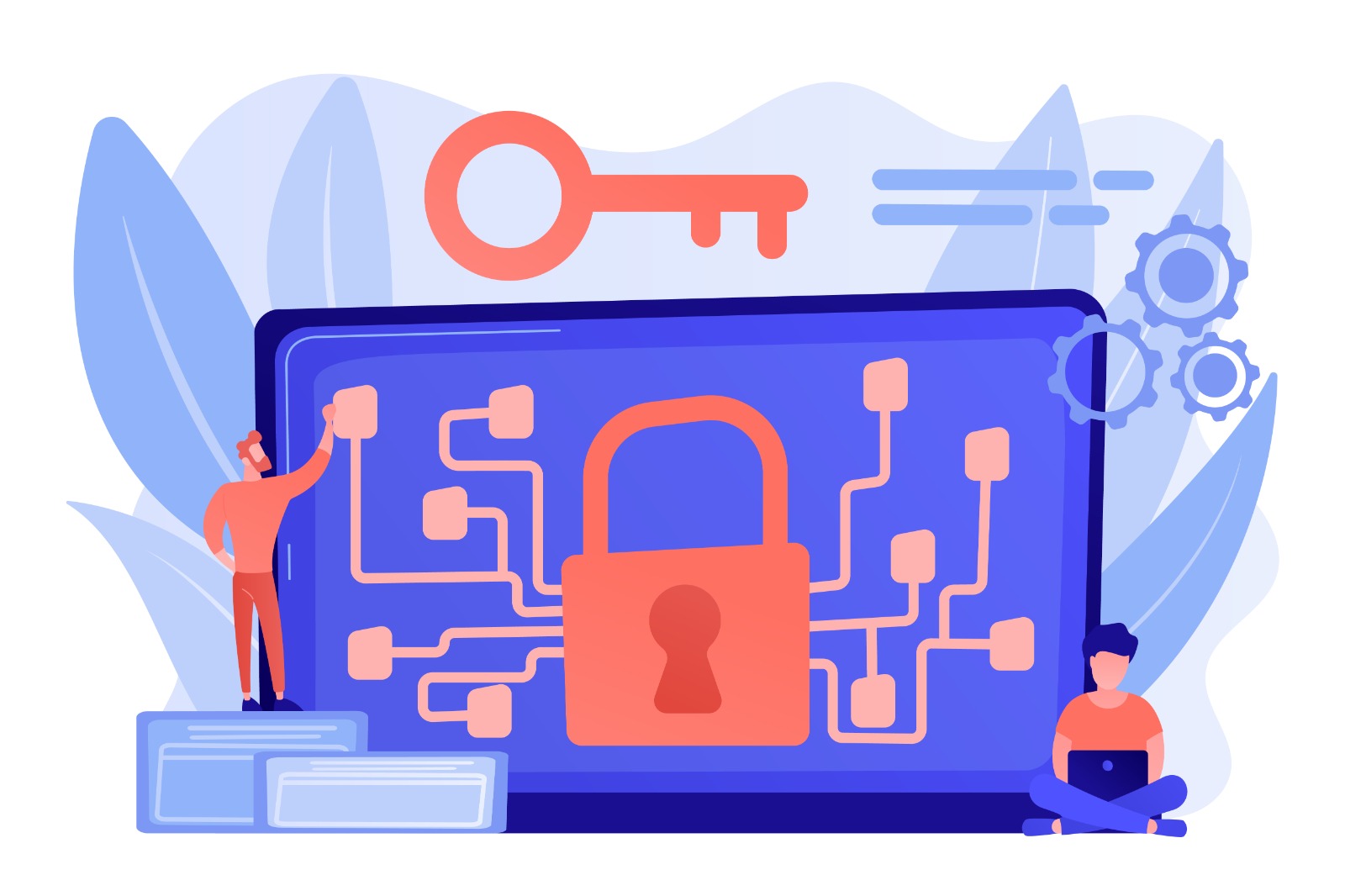Key Rotation Strategies for Secret Managers Why and How
Date Created: 26 Sep 2023Share:
The persistent spectre of data breaches and cyber threats looms ominously in the digital universe.

The persistent spectre of data breaches and cyber threats looms ominously in the digital universe. Consequently, organizations find themselves compelled to consistently fortify their security protocols to safeguard their sensitive data. Within this overarching realm of security, one pivotal facet to focus on is key rotation, particularly when it comes to secret management. In the following blog post, we will thoroughly examine the indispensability of key rotation and delve into a compendium of potent strategies for its seamless implementation.
Why Key Rotation Matters
1. Mitigating Risk
Key rotation is a vital component of a robust security posture. It reduces the risk associated with compromised keys or credentials. Over time, as keys are used, they may be exposed through various attack vectors, such as vulnerabilities in applications or insider threats. Regularly rotating these keys ensures that even if one is compromised, the window of opportunity for malicious actors is minimized.
2 Meeting Regulatory Obligations
Numerous regulatory frameworks and industry standards, including but not limited to PCI DSS, HIPAA, and GDPR, stipulate the necessity of periodic key rotation. Falling short of compliance with these regulations can result in substantial fines and severe harm to an organizations standing. Therefore, the adoption of key rotation strategies transcends being merely a best practice; it frequently stands as a legal imperative.
3. Preventing Stale Credentials
Keys and credentials may become stale or deprecated due to changes in security policies, personnel turnover, or the expiration of third-party access. Rotating keys ensures that only authorized individuals and services have access to systems and data.
Key Rotation Strategies
Now that we understand the importance of key rotation lets explore some effective strategies for implementing it within your secret management practices.
1. Automated Rotation
Automating key rotation is a must in modern IT environments. Manually changing keys is error-prone and time-consuming. Secret management tools like HashiCorp Vault, AWS Secrets Manager, and Azure Key Vault offer automation capabilities to rotate keys at predefined intervals.
2. Schedule-Based Rotation
Determine the appropriate rotation frequency based on the level of risk and regulatory requirements. High-value secrets might need more frequent rotation than less critical ones. Create a rotation schedule and stick to it consistently.
3. Use of Rolling Keys
Rolling keys is a strategy where you generate a new key before retiring the old one. This ensures continuity of service while reducing the exposure window. Applications and services can switch to the new key seamlessly.
4. Implement Versioning
Some secret management tools support versioning, which allows you to maintain multiple versions of a secret or key. This can be useful during the transition phase when applications are updated to use the new key.
5. Audit and Monitoring
Monitoring is crucial during key rotation. Implement comprehensive auditing and logging to track key rotation events. This provides a clear trail of who initiated rotations and when they occurred. Regularly review these logs for any unusual activities.
6. Testing in a Sandbox Environment
Before rolling out key rotation in a production environment, test the process thoroughly in a sandbox or staging environment. Ensure that applications and services can seamlessly switch to the new keys without causing disruptions.
7. Secure Key Storage
During rotation, its essential to protect the new keys as rigorously as the old ones. Ensure that the new keys are stored securely and that access is tightly controlled.
8. Communication and Training
Communication is key. Ensure that all relevant stakeholders are aware of key rotation schedules and procedures. Training employees and team members on the importance of key rotation and how it impacts security is crucial.
9. Disaster Recovery Plan
Have a disaster recovery plan in place in case key rotation goes awry. This plan should include procedures for rolling back to the previous key if issues arise during rotation.
10. Third-Party Integrations
If you rely on third-party services or APIs that require keys, coordinate key rotation with these providers to minimize disruptions.
Key
rotation isnt just a recommended security measure; it represents a core
element in safeguarding sensitive information in the digital era. Through the
adoption of automated, scheduled, and closely monitored key rotation
strategies, organizations can substantially diminish the likelihood of data
breaches, meet regulatory mandates, and uphold the ongoing security of their
systems and data. Theres no time to delay; initiate your key rotation strategy
today to shield your organization from potential security risks before it
becomes an urgent necessity.

